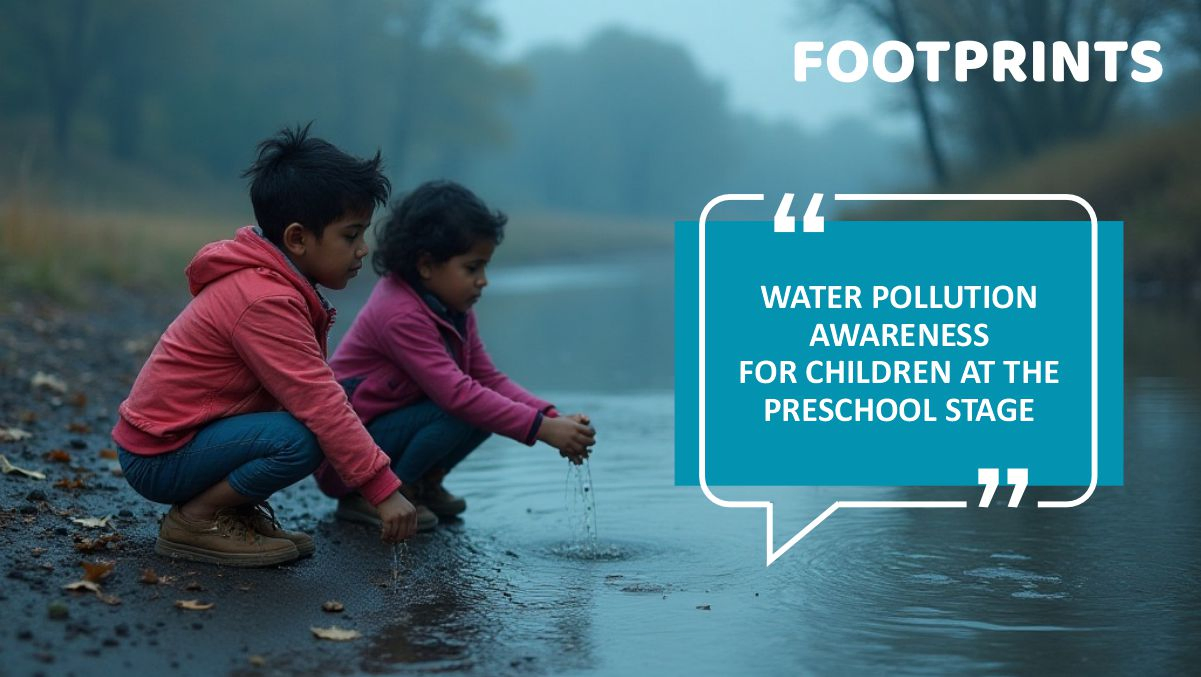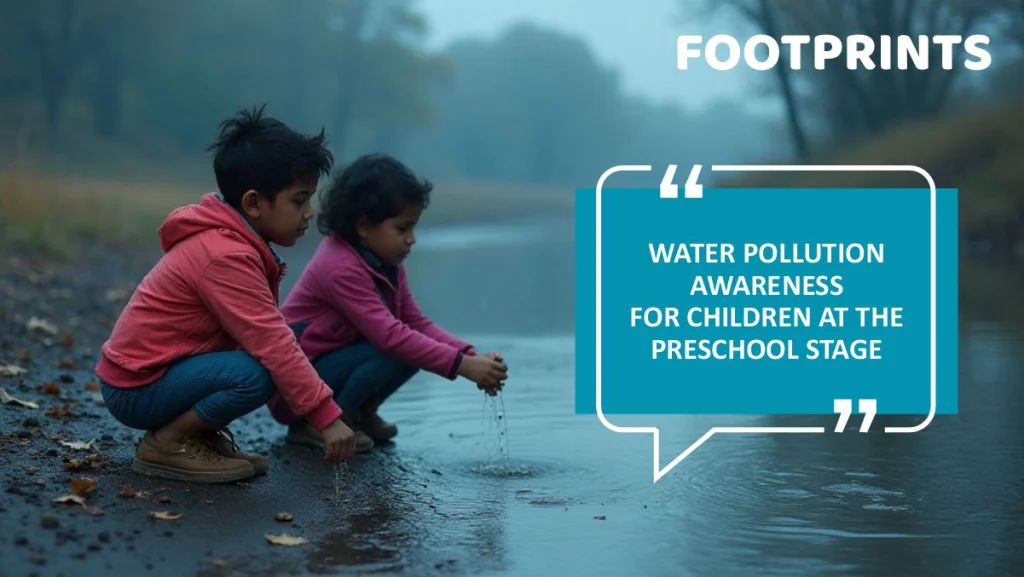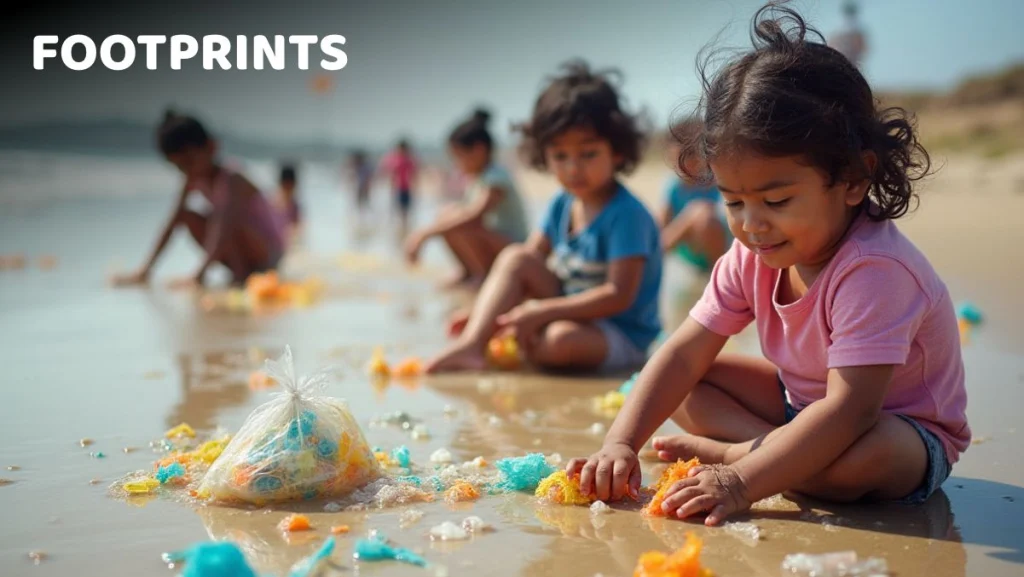

The growing climate crisis makes it absolutely imperative that our children are environmentally conscious from an early stage. Are you one of those parents who want to make sure that your child is aware of the perils of water pollution? Do you want the child to understand that tackling water pollution isn’t just about ensuring cleaner drinking water but also about safeguarding the planet’s climate too? If your answer to the above questions is a resounding yes, here are some handy ways in which you can spread this awareness to your child and ensure that you are raising a responsible citizen of the planet.
Nature Walks
It will be a great idea to set out on nature walks with the child. It is here that they witness the environment first hand and develop sensitivity towards it. Be prepared for the various questions that the child will ask. When you witness polluted water bodies, it could lead you to an important discussion on how water pollution affects marine life. You could also begin to tell them how contaminated water bodies release poisonous gases that affect the climate. Importantly, it will spark a discussion on what we, as concerned citizens, can do to stem this problem.
Reading
Books are a great way to introduce children to the perils of water pollution. You could read together about the water cycle. It will help the child understand where fresh water comes from and how the supply is limited. It will automatically lead the child to understand the need for not polluting water as well as not wasting it.
Another interesting short story could be about a happy, clear river filled with fish and birds. But one day, people start throwing trash into the river, making the animals sick and the water dirty. Ask them how they think the river feels—this helps kids empathize with nature.
You could also read water hero stories to the child, where you narrate stories about individuals or communities working to clean up water sources.
Catchy songs about saving water and keeping it clean is yet another way of introducing the child to the topic. How about singing this song, together:
Splash, splash, the fish all play,
In the water every day.
Clean and clear, so fresh and bright,
Shining in the morning light.
But oh no! Trash comes floating by,
The fish are sad—let’s clean, oh my!
💦 Pick up trash and keep it neat,
Water clean is such a treat!
Fish and turtles, ducks swim too.
Happy waters, bright and blue!
You can sing this with gestures—pretend to be a swimming fish, scoop up imaginary trash, and cheer when the water is clean again!

Visual Aids
It will be helpful to have visual aids to show the comparison between clean and polluted water. You could make use of pictures to highlight the difference. Alternatively, you could also take the child to a local water body, collect some water and undertake simple activities such as sedimentation or filtration to visually show the extent of pollution.
Community Clean Ups
It will be a great exercise for the child to partake in a community clean-up project. It will teach them an important lesson not just in cleanliness but also in citizenship. Prior to the project, it will also help to create a simple pledge or chart for children to sign, emphasizing their commitment to water conservation.
Engaging Activities
Other engaging activities include introducing recycling and composting by sorting out household trash into bins and explaining the purpose of each.
You could also take to sensory play where you place small toy fish and frogs in a water bin. Add small pieces of paper, beads, or leaves to represent pollution. Give the children little nets or spoons and let them “rescue” the animals by cleaning the water. This activity makes the concept hands-on and interactive.
Providing crayons and paper for children to make their own “ Save the water posters” could be yet another engaging activity. Giving the child a “Water Hero” badge can make him feel responsible and excited.
Actionable Points
It will be worthwhile to offer some small action points to children so that they can do their bit to control water pollution. These include:
- Never throwing garbage around at a lake or a beach
- Not washing the family car in an open street where there are chances of soap or any chemicals to reach any water bodies
- Ensuring there is no wastage of clean water anywhere around the house.
You can also encourage children to come up with simple steps on how to avoid water pollution.
To Sum Up
Water pollution might sound like a big topic for little minds, but with interactive play and relatable examples, children can begin to understand why keeping water clean is important. Importantly, when they are sensitized to the topic of control of water pollution early, they will grow up as responsible citizens.
At Footprints Play School, we are committed to the holistic growth of children. Among other things, we ensure that we expose them to topics such as the importance of water in an age-appropriate manner so that they grow up with a sense of responsibility.
For more such empowering content, stay tuned to this space.

FAQs
Here are some handy FAQs that can help explain the topic simply to children
1. What is water pollution?
Water pollution happens when trash, chemicals, or dirty things get into water, making it unsafe for fish, animals, and people.
2. Why is clean water important?
Clean water helps fish, frogs, and ducks stay healthy. People also need clean water to drink, bathe, and play!
3. How do lakes and rivers get dirty?
When people throw garbage in the water, use too many chemicals, or waste water, lakes and rivers can become polluted.
4. What can I do to help keep water clean?
You can help by never throwing trash in lakes or rivers, turning off the tap when not needed, and picking up litter near water.
5. Can dirty water make animals sick?
Yes! Fish, turtles, and ducks get sick if they live in polluted water. Keeping the water clean helps them stay happy and healthy.
6. Why do we need to save water?
Water doesn’t last forever—if we waste it, there might not be enough for everyone. Saving water helps people, animals, and plants.
7. Can I be a water hero?
Of course! A water hero helps clean up dirty water, stops pollution, and teaches friends how to take care of water.
8. How do we know if water is clean or dirty?
Clean water looks clear, smells fresh, and has healthy fish and plants. Dirty water may look dark, smell bad, or have trash floating in it.
Usman is a seasoned Performance Marketing Professional and content writer with over 8 years of experience in the education industry. With a passion for driving results and creating compelling narratives, Usman specializes in crafting data-driven marketing strategies and insightful content that resonates with educational institutions and their audiences. His expertise in performance marketing, combined with his in-depth understanding of the education sector, allows him to bridge the gap between marketing initiatives and student engagement effectively. Whether through targeted campaigns or educational content, Usman helps brands enhance their online presence and achieve measurable growth.

